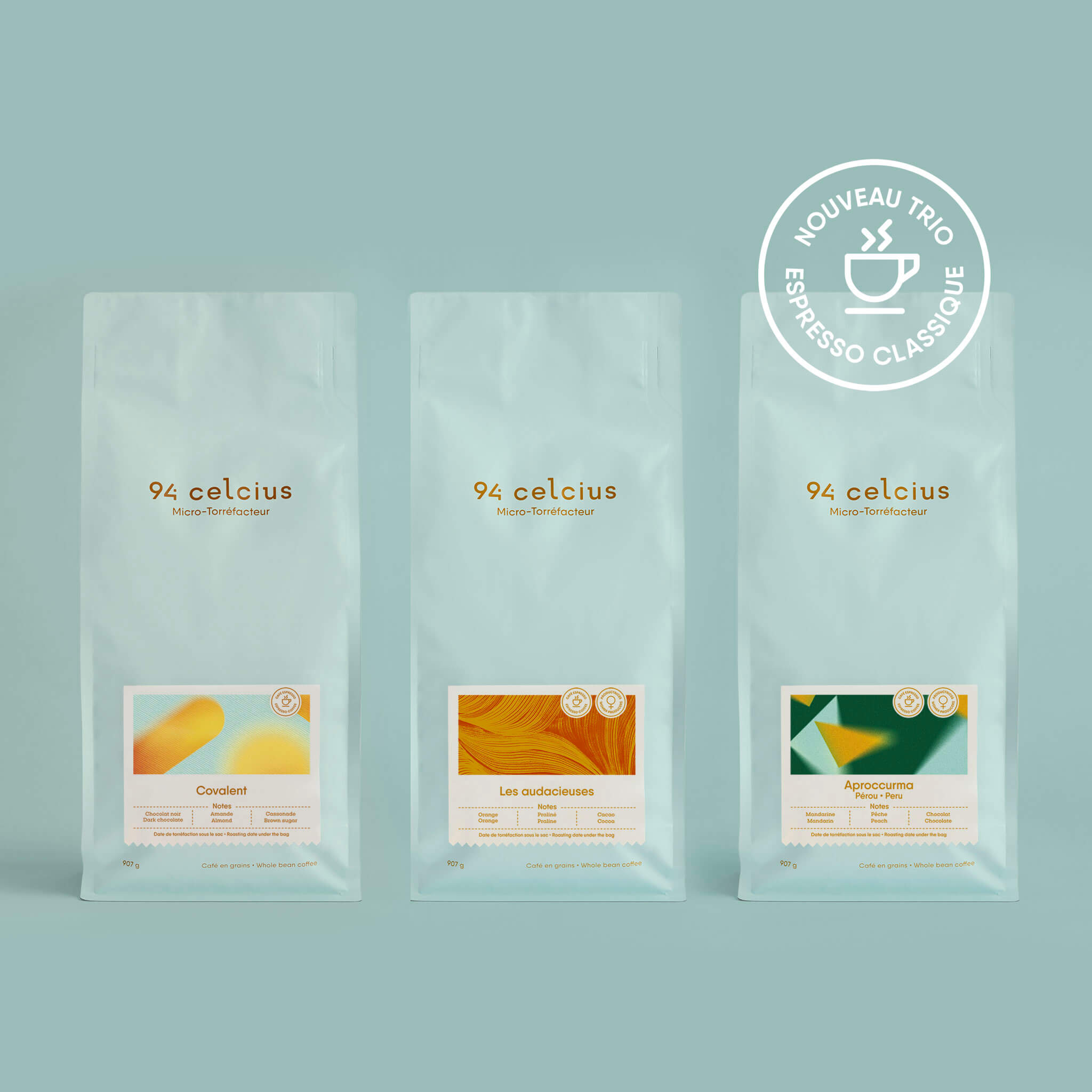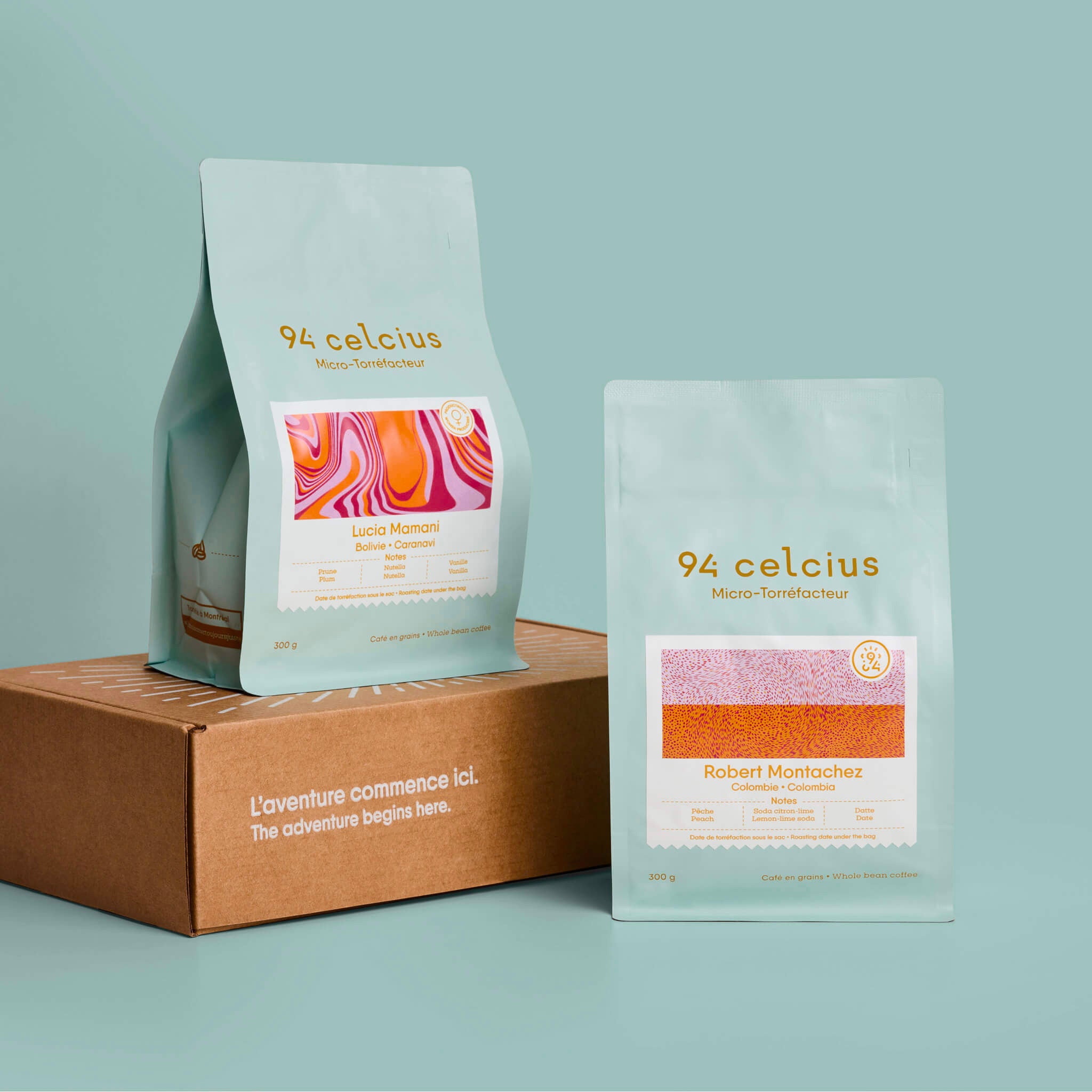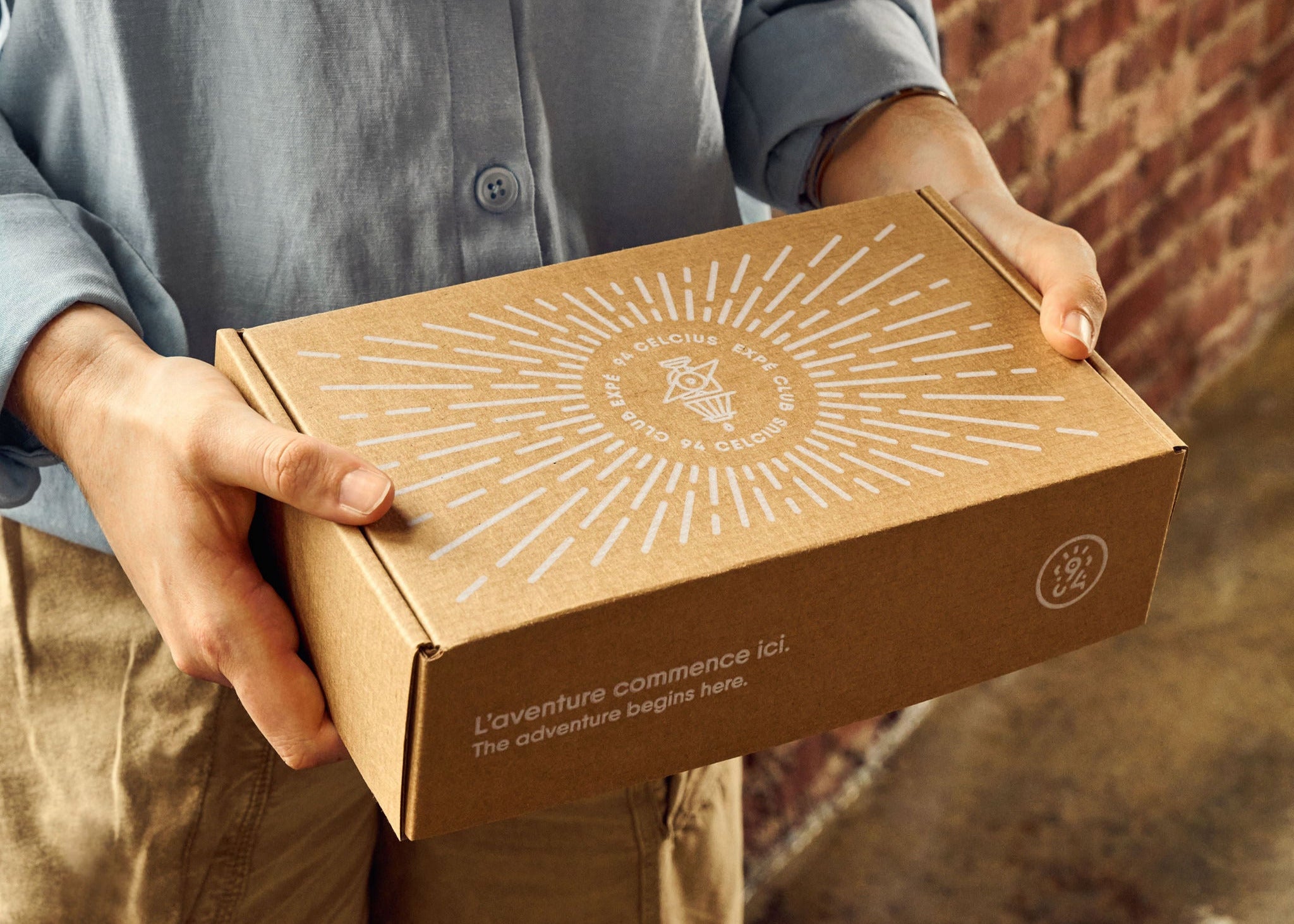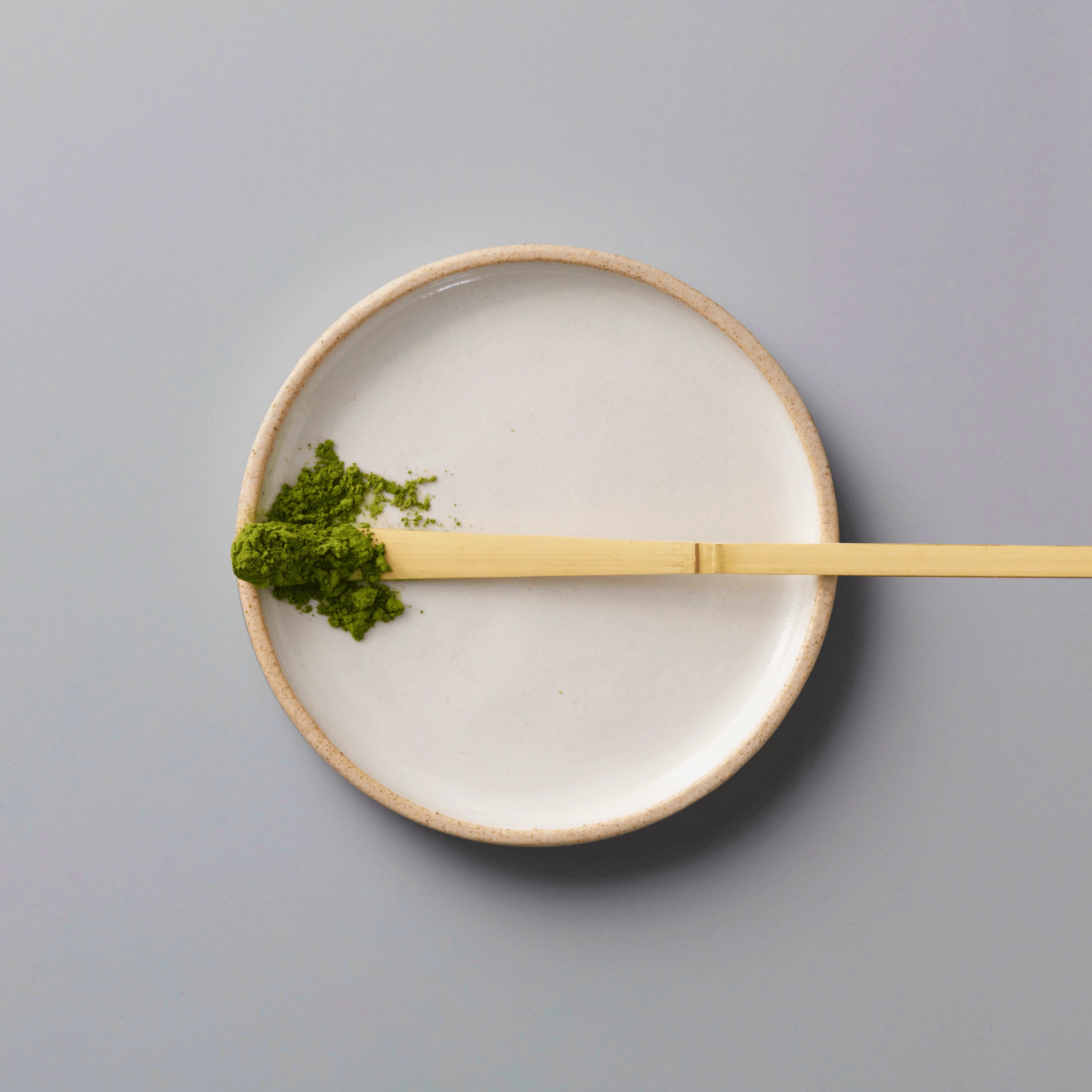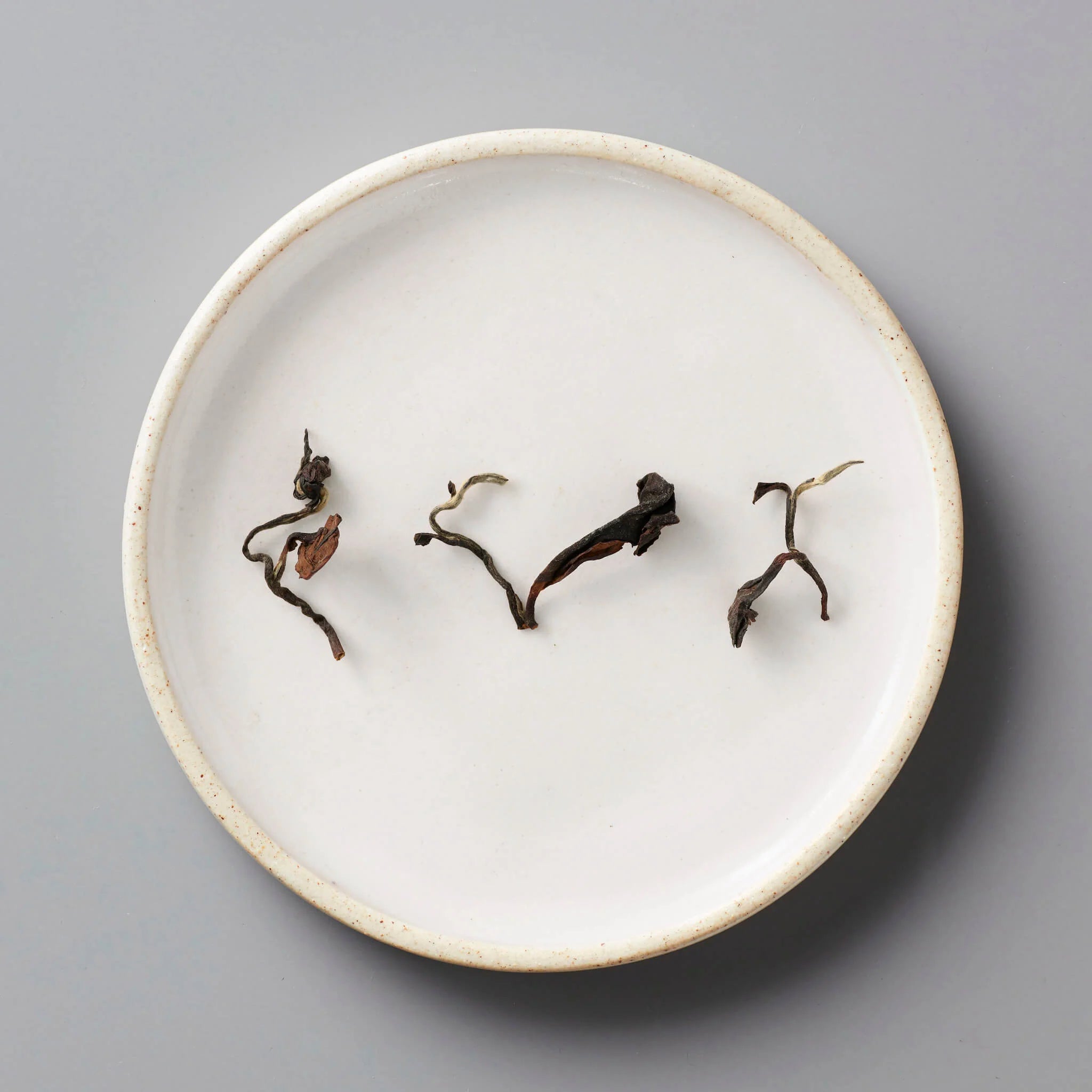Detailed recipe: Matcha Latté
A successful matcha latté depends on a balance between precision and smoothness. Here's our approach.
Ingredients
To make a matcha latté, simply use around 2 g of Kato matcha (equivalent to one teaspoon), harvested in summer or spring, as you wish. Add 60 ml of hot water at between 75 and 80°C, taking care never to boil it. Then prepare 200 ml of milk, either cow's milk or vegetable milk such as oat, soy or almond. If you like a sweet note, you can add a drizzle of maple syrup or honey.
Preparation
Start by sifting the matcha to obtain a fine, lump-free texture. Pour the hot water over the sifted powder and whisk vigorously with a chasen, using rapid M- or W-shaped movements, until a light, homogeneous foam appears. Meanwhile, heat and emulsify the milk, either by steaming or using a frother. Pour the milk over the whipped matcha and stir gently to create a perfect harmony. You can enjoy the result as is, or add a touch of natural sweetness.
For an iced version, prepare the matcha in the same way, then pour over ice cubes before adding the cold milk.
Matcha: an invitation to contemplation
Whether in the rigor of a usucha, the intensity of a koicha or the enveloping sweetness of a matcha latté, each cup invites you to slow down, contemplate and savor the moment.
Matcha is more than just a drink. It's an exploration, an experience that links tradition and innovation. That's exactly the spirit we aim to share at 94 Celcius.



